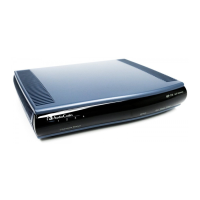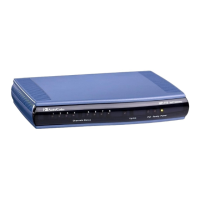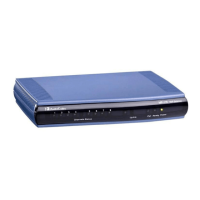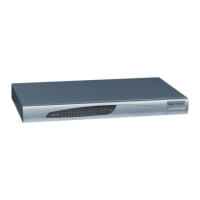SIP User's Manual 92 Document #: LTRT-12801
MP-500 MSBG
Prioritization policy
TCP serialization on a device
In addition, you can define QoS traffic shaping rules for a default device. These rules are
used on a device that has no definitions of its own. This enables the definition of QoS rules
on Default WAN, for example, and their maintenance even if the PPP or bridge device over
the WAN is removed.
The bandwidth of a device can be divided to reserve constant portions of bandwidth to
predefined traffic types. Such a portion is known as a Traffic Class. When not used by its
predefined traffic type, or owner (for example VoIP), the bandwidth is available to all other
traffic. However when needed, the entire class is reserved solely for its owner. Moreover,
you can limit the maximum bandwidth that a class can use even if the entire bandwidth is
available. When a shaping class is first defined for a specific traffic type, two shaping
classes are created. The second class is the 'Default Class', which is responsible for all the
packets that do not match the defined shaping class, or any other classes that may be
defined on the device. You can also define wildcard devices, such as all WAN devices. This
can be viewed in the 'Class Statistics' page.
¾ To configure traffic shaping:
1. Click the Traffic Shaping item (Configuration tab > Data Settings menu > QoS
submenu > Traffic Shaping page item); the following page appears:
Figure 3-70: Configuirng Traffic Shaping
2. Click the New Entry link; the following page appears.
Figure 3-71: Adding Device for Traffic Shaping
3. From the 'Device' drop-down list, select the device for which you want to shape the
traffic. To add a traffic shaping class to all devices, select 'Any Device'.
Note: If you want to configure the device's LAN traffic transmission/reception rate,
select the relevant LAN device. If you want to apply the settings on all LAN
devices, select the 'Default LAN Device' entry.
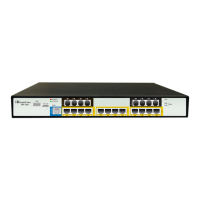
